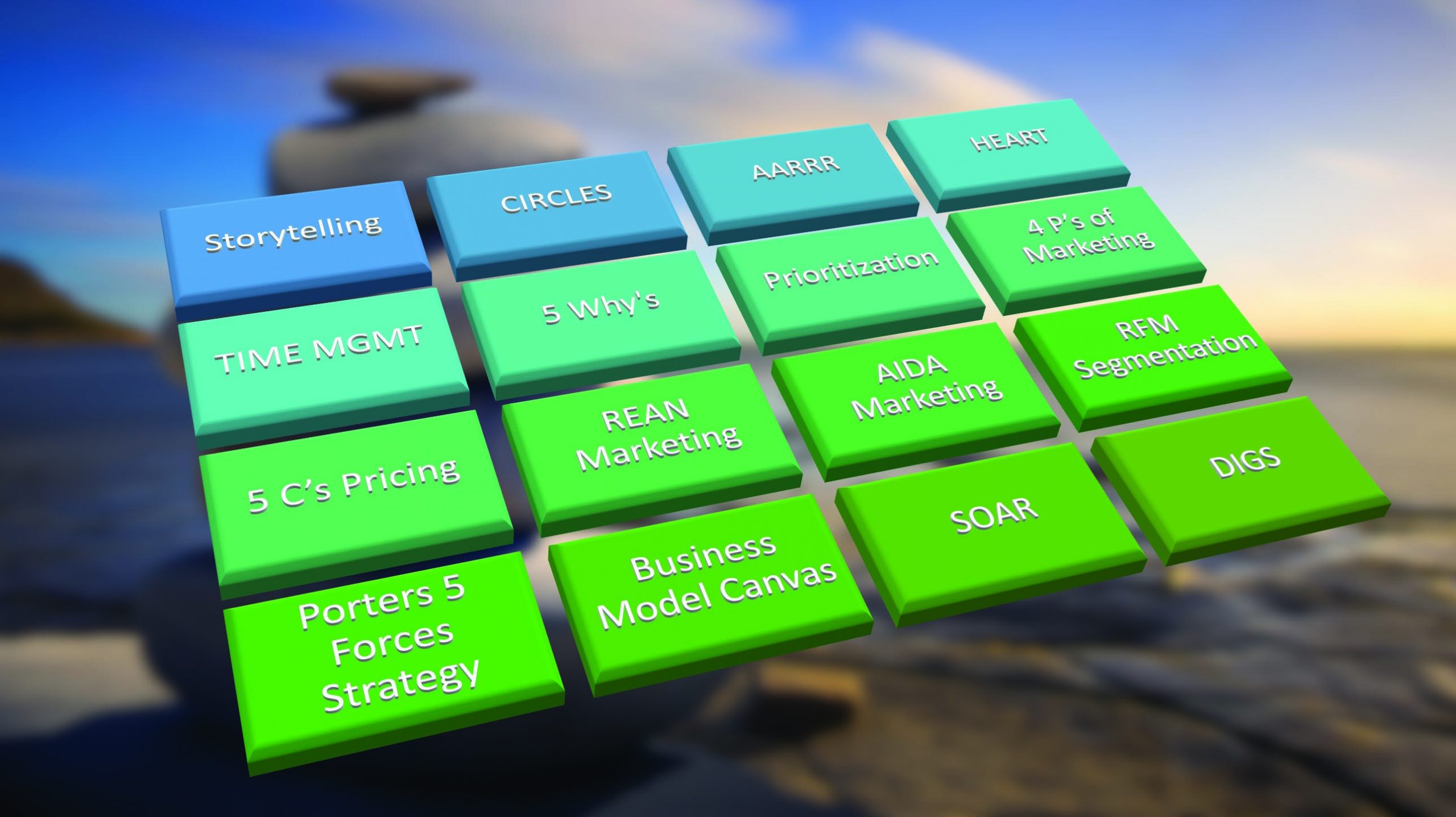
In July 2016, Georgia Tech professor Ashok Goel hired Jill Watson, a teaching assistant for the spring semester. Jill was great at online student interactions, answering questions and was nominated as an outstanding assistant by students. The difference between Jill and other assistants? Jill is a chatbot. Her DNA is based on an open source platform (with pre-fed customized data) developed specifically to handle an enormous amount of students posts on the forum. And thus began an interesting new phase in one of the most respected sectors in the world – the education sector.
In India too, personalized digital learning platforms, new learning models delivering customized knowledge and flipped classrooms are finally dismantling the “one size fits all” approach towards student learning and education. Learning is becoming immersive (inside and outside the classroom); spurring creativity, critical thinking and meaningful real-world experiences.
Technological disruption is revitalising the education industry, enabling both students and teachers to strengthen their skills and knowledge to adapt to the new requirements of a 21st-century work force. These are exciting times to be an educator and a student.
But, the growth is disparate and still rudimentary. Understandably so for a country like ours with widespread geographical, cultural, gender and financial differences. Coupled with limited infrastructure, the dream of a truly literate India has a long time coming. There is a wide gap between expectations and reality both in terms of physical infrastructure and technological adoption.
While the government and academia work on improving the former, the latter has the power to really turn things around. What it needs in that endeavour is a solid data led backbone. Educational institutions today hold large amounts of data collected from online applications, classroom exercises/testing and student surveys. Social media too provides a rich source of information to capture student learning styles, preferences, concerns, reactions and perceptions.
This unstructured but valuable resource can be effectively analysed for insights to boost student achievement, increase faculty and staff productivity and improve operational effectiveness via better financial management and streamlined operations.
On a student level, the right utilisation of data sets will provide educators with real-time feedback on students’ performances, strengths and weaknesses. Data analytics can track student learning curves based on learning style and capability. Teaching techniques can accordingly be altered based on student pace and skill level, further augmented with technology innovations. If we can Dial in a Doctor, why not a teacher?
On a national level, a central repository can help make better decisions for the entire sector. The ball has already started rolling with the Digilockers and the National Repository of Open Educational Resources (high-quality digital content in local languages). The next step would be to make data accessible to institutions and academia alike – so that they can build customised techniques basis local and individual differences.
However, this is not a small undertaking. Challenges include low awareness, an absence of a data driven, insight – oriented culture, availability of uniform data sources and the apparent cost associated with data mining. Greater efforts are needed to adopt data management and infrastructure backbone for informed decisions, increased efficiency and greater accountability.
One of the foremost ways to address these issues is to increase collaborative efforts between educational institutions and data management enterprises. India must invest in a strong technology backbone, focused on hardware and software development across schools and higher education institutions. Educators need be trained to integrate technology in their pedagogy for effective learning.
But is the future of education solely dependent on technology? While data is set to move the educational landscape, educators are also working incessantly to build a sustainable and meaningful education system for all. The future will be about putting students first – with an innovative new curriculum focused on real-world needs, class design revamps for greater collaboration, rehashing educator roles and harnessing big data and artificial intelligence. The global conversation on innovative education is growing much louder and the urge to get rid of antiquated education systems has never been stronger and we should definitely not sit this one out.
There are tremendous growth opportunities for big data and analytics in the education sector. The Digital India drive can catalyse such initiatives by creating an enabling environment across the country.
Therefore, as we adapt to the needs of a 21st-century workforce, the sector needs a robust infrastructure background with measured approaches to manage life critical, business critical, real time, and mobile data. Backed up with investment, coherent strategies, and top-notch human talent, it’s now time to change the education sector with data.
Source:-.hindustantimes






